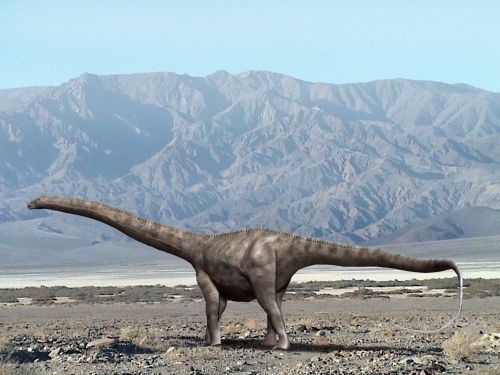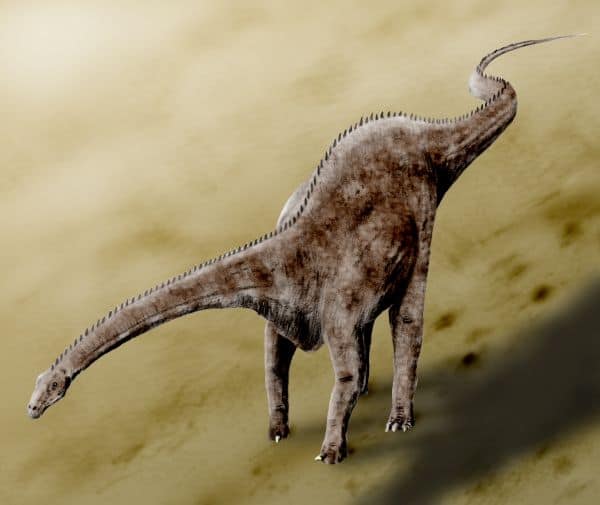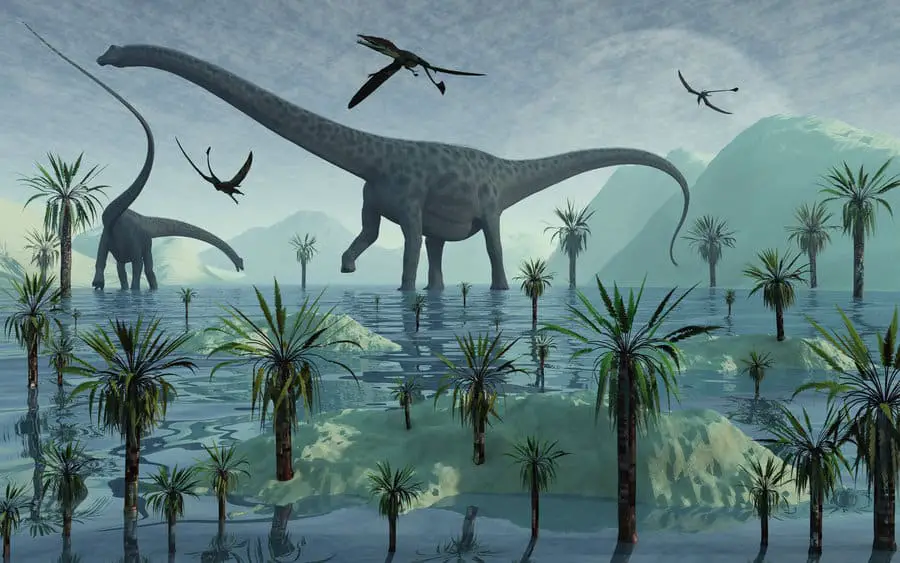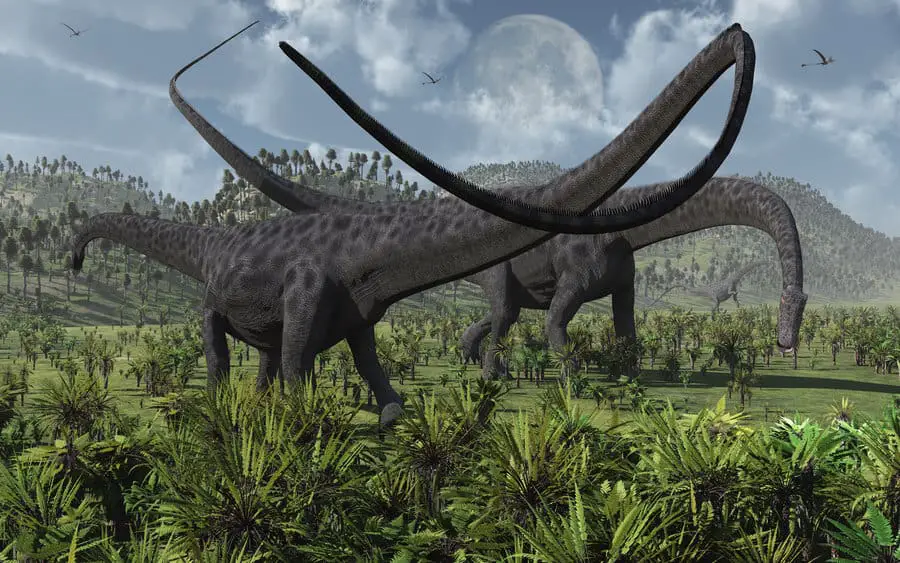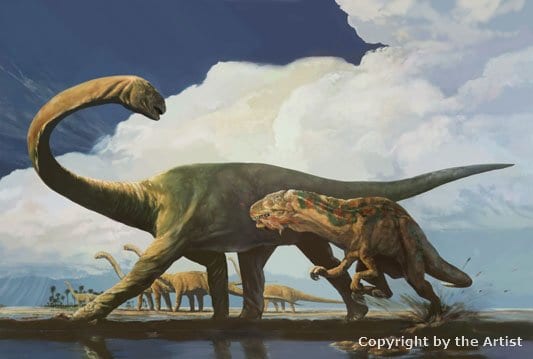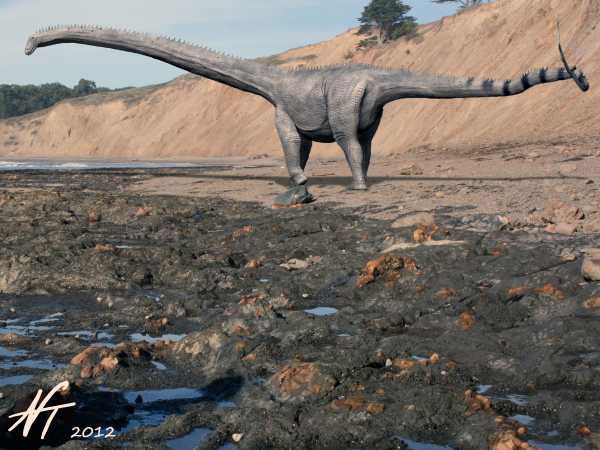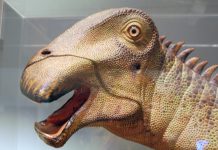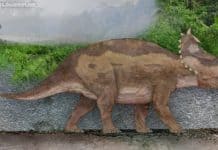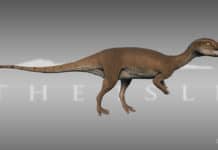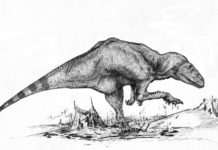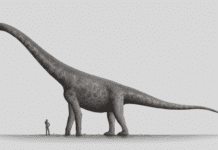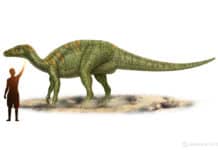Quick Diplodocus Facts
- Its name means Double Beamed
- It weighed the same as a truck (12-13 tons)
- Its neck and tail consisted of almost 100 vertebrae
- One of the slowest moving dinosaurs reaching speeds of around 8 miles per hour
- Specimens have been found in Colorado, Montana, Utah, and Wyoming
– Diplodocus Merchandise –
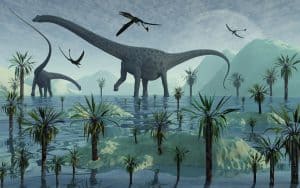
About Diplodocus
Diplodocus is a dinosaur that lived about 154 million years ago—during the Jurassic Period—in parts of Western North America. It was first discovered in 1877 by Samuel Wendell Williston and was subsequently named by Othniel Charles Marsh in 1878. The name Diplodocus is a neo- Latin term that means “double beamed”; a reference to the double chevron bones that are located on the underside of the tail.
This dinosaur is not only one of the most recognizable dinosaurs on the planet, but is also considered to be one of the longest. An adult Diplodocus could be over 175 feet long, While other dinosaur species may later prove to be longer than this one, this species is currently the longest one due to the fact that it has more complete skeletal specimens than other dinosaurs do.
Interesting Facts
It is believed that this dinosaur could whip its tail in much the same way as the Brontosaurus did; Cracking the tail like a bullwhip. Computer models have since shown that the speeds of this tail flicking could have reached the supersonic level, producing a sound much like a cracking bullwhip. However, since the tail of these dinosaurs weighed in excess of 3500 pounds, the sound of this motion would be more like cannon fire and less like a whip crack.
One interesting fact about this dinosaur is that it is believed that these dinosaurs didn’t have the necessary teeth to properly chew tree branches, so it has been theorized that the diet of these herbivores must have consisted entirely of leaves, ferns and moss. Plant materials that this animal could strip without using much bite force. It is also believed that these leaves were then allowed to ferment in this dinosaurs extended belly until it was broken down enough for the nutrients to be extracted and used by the animal.
